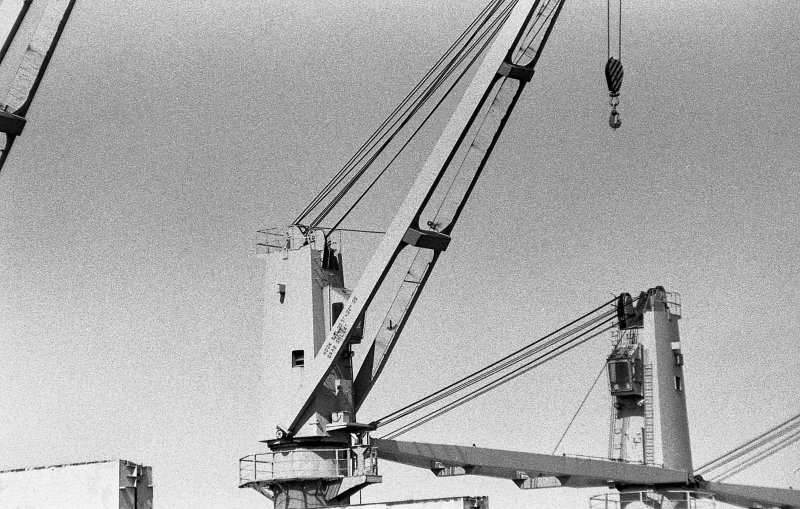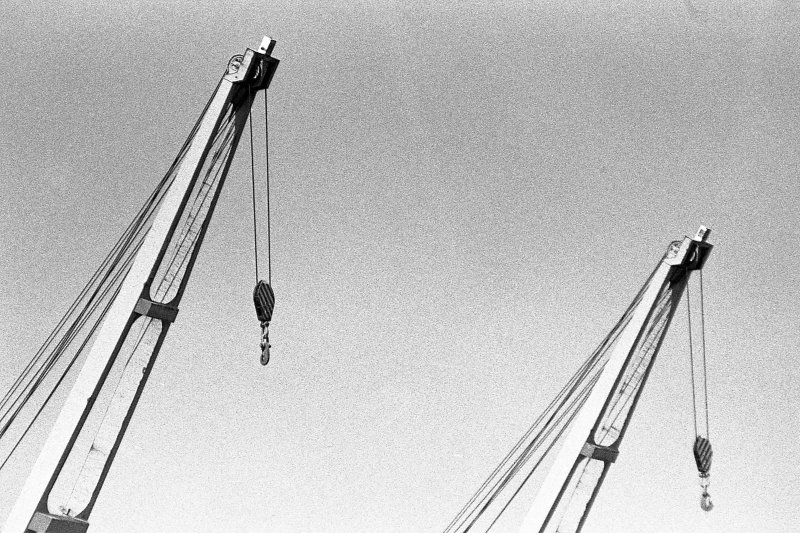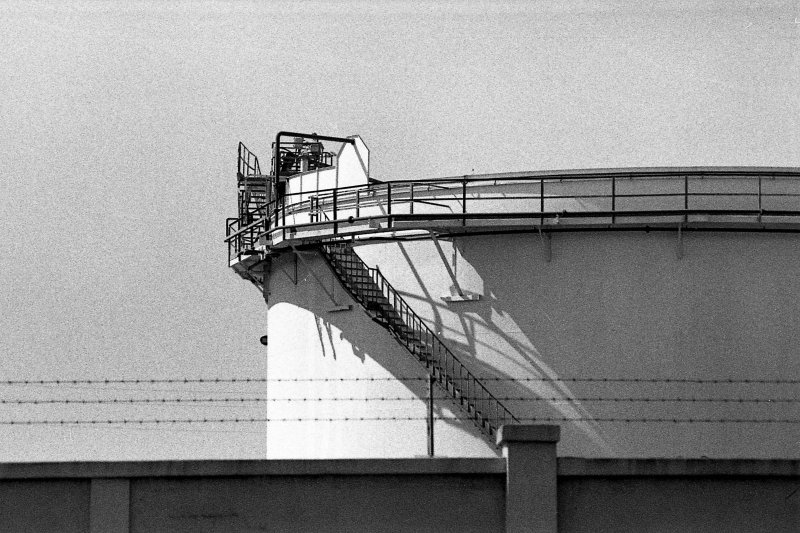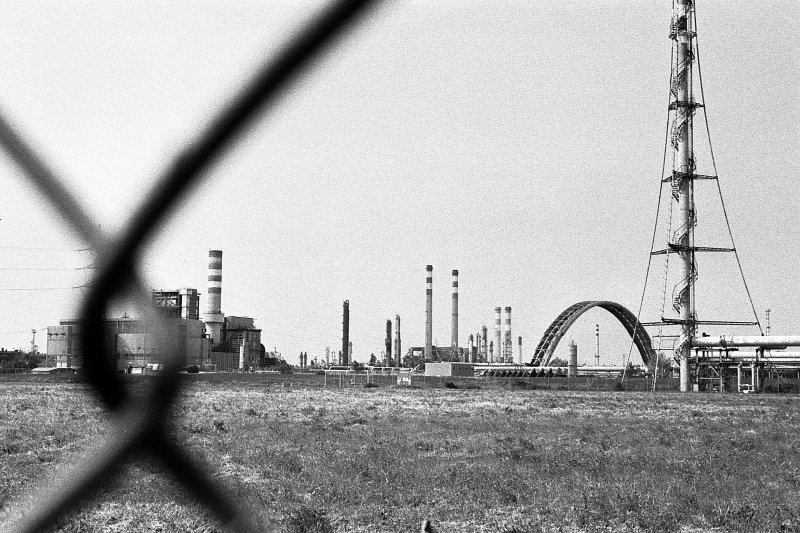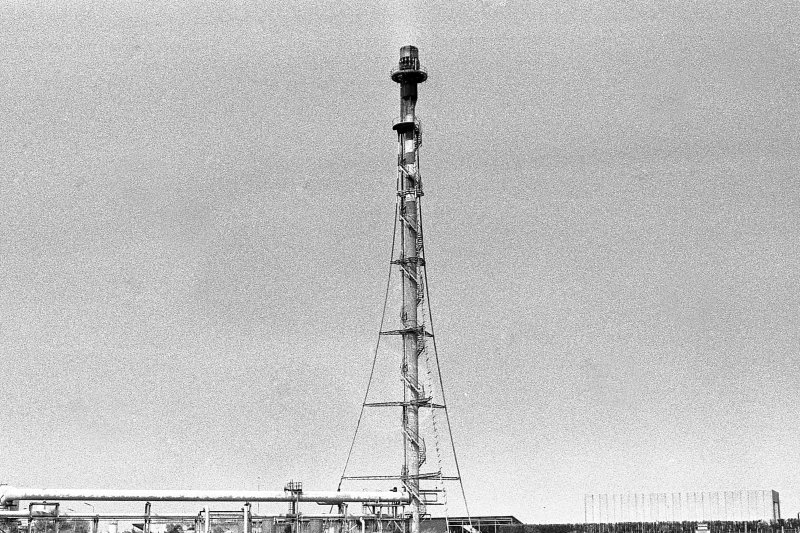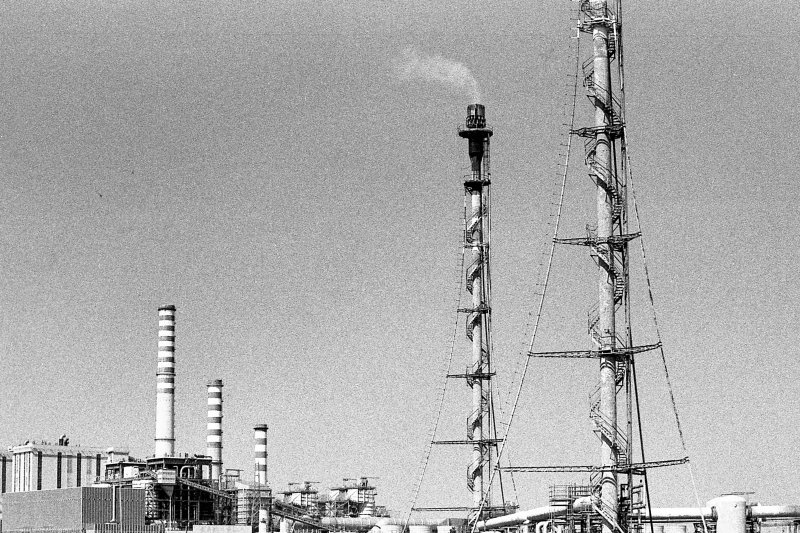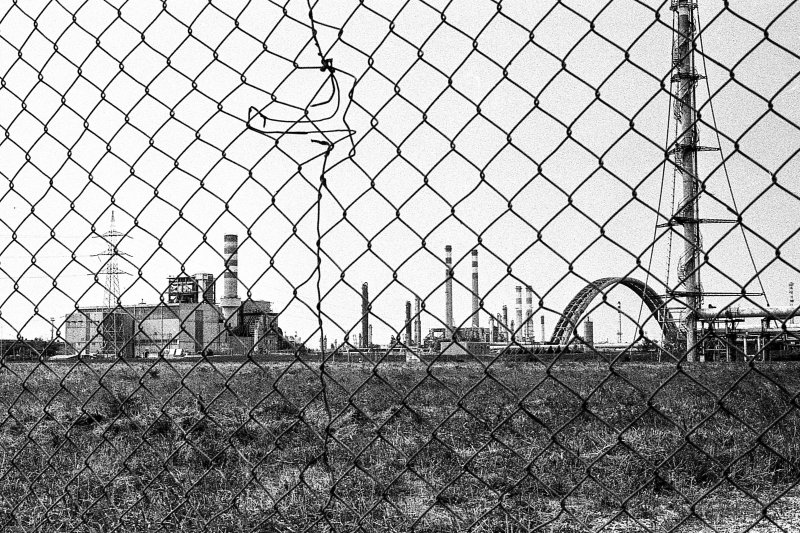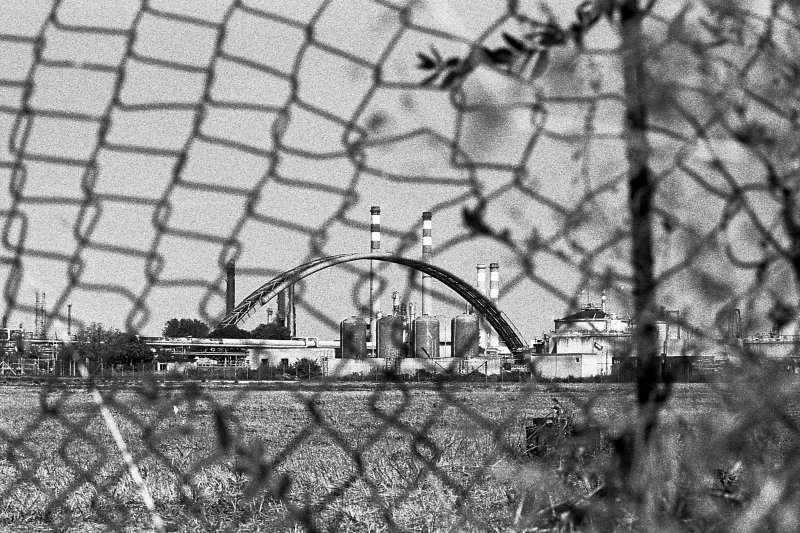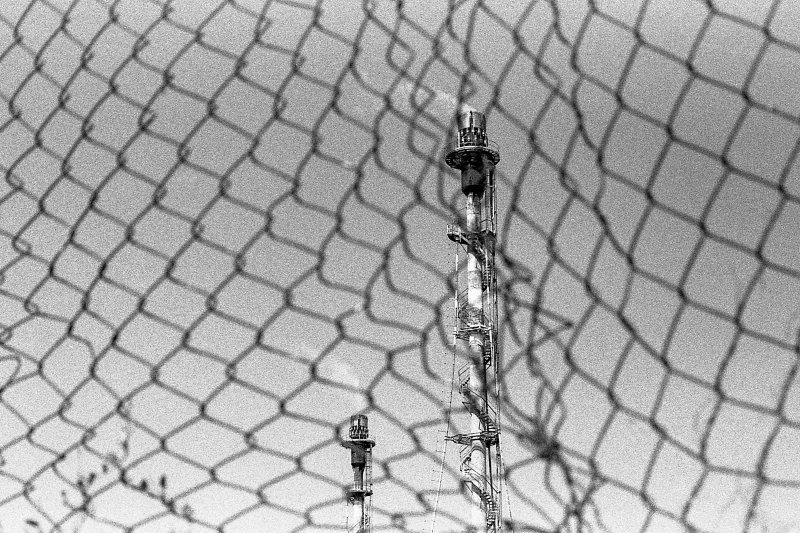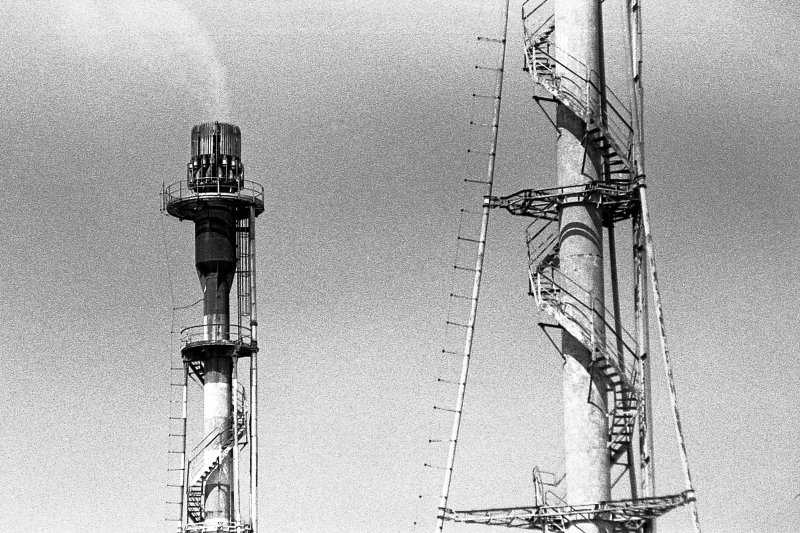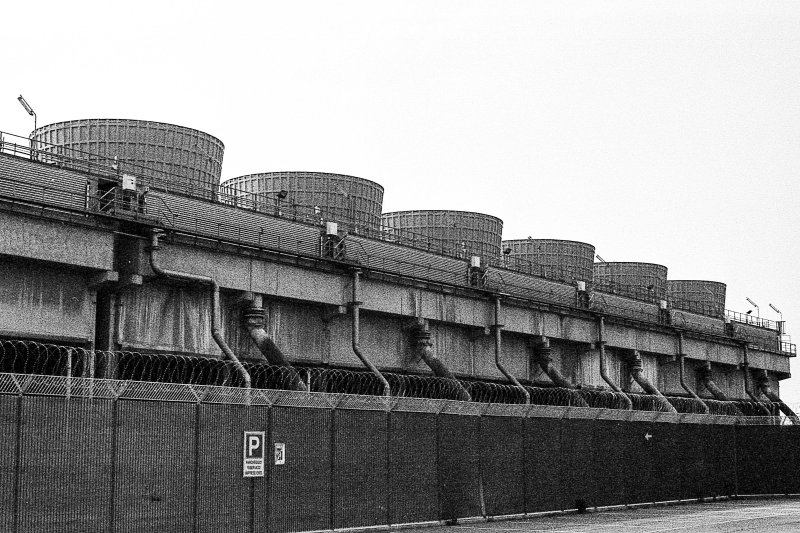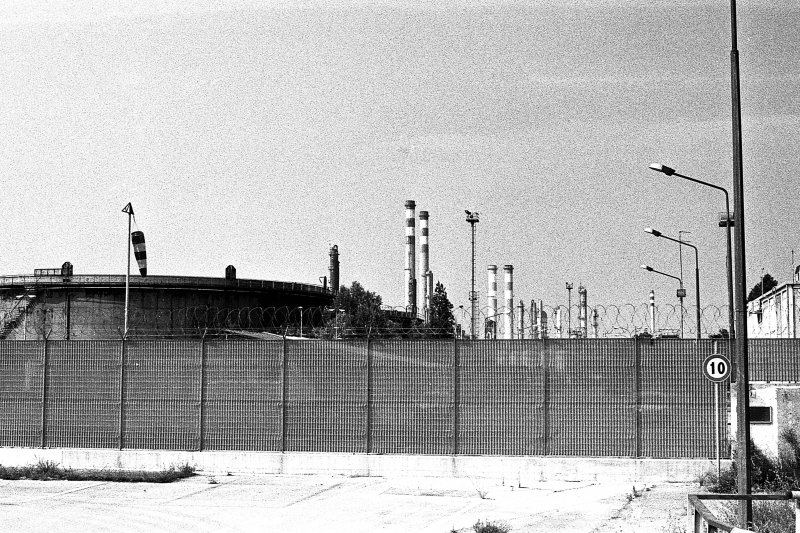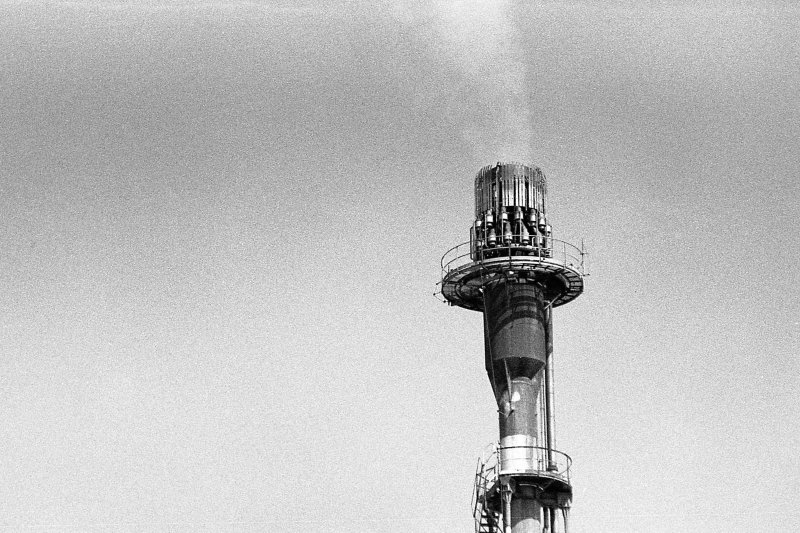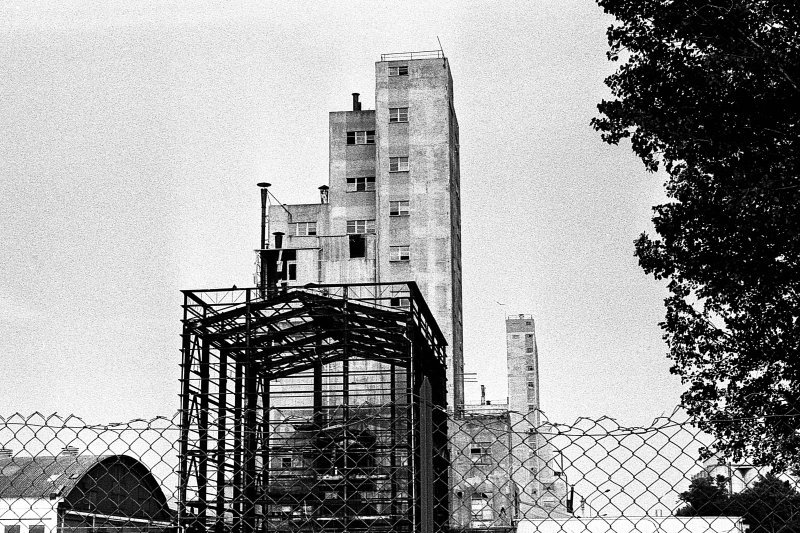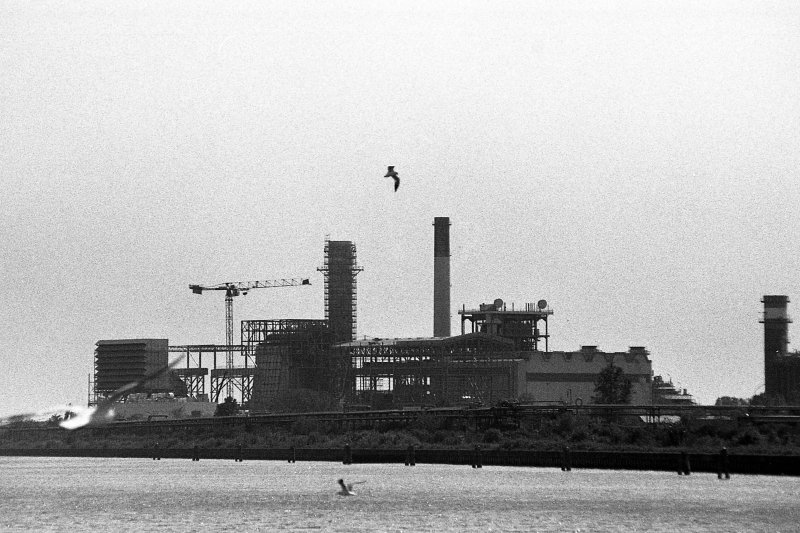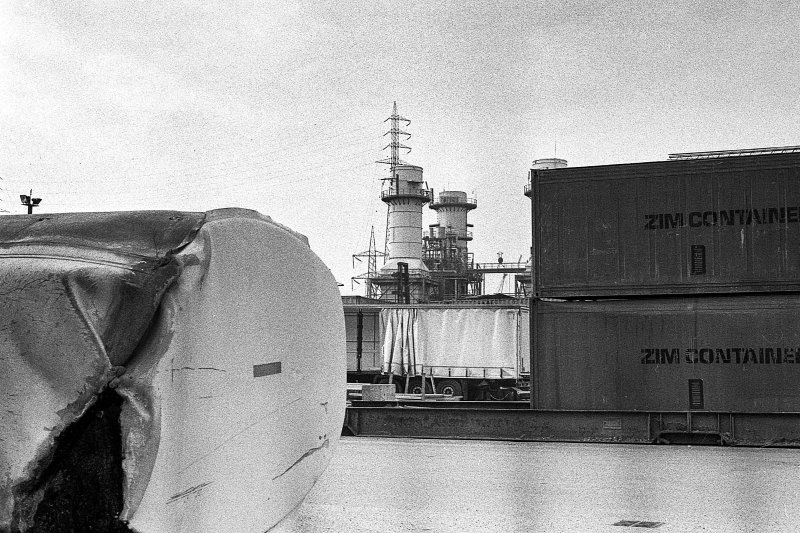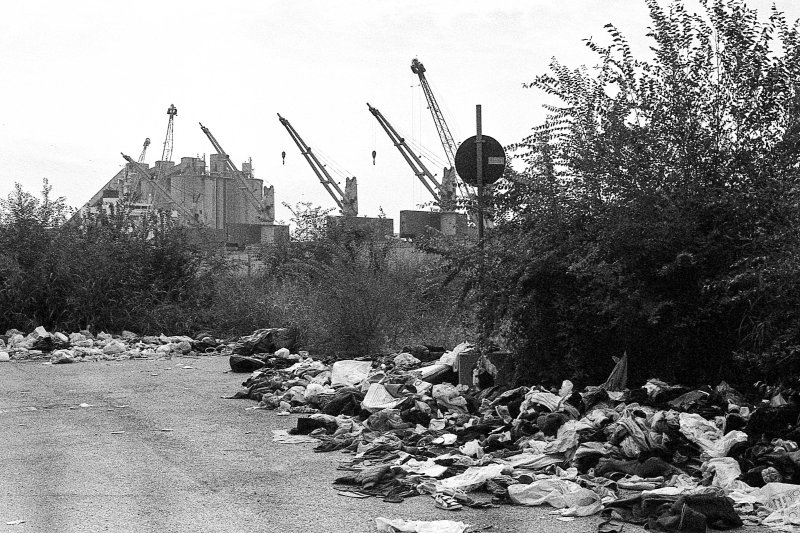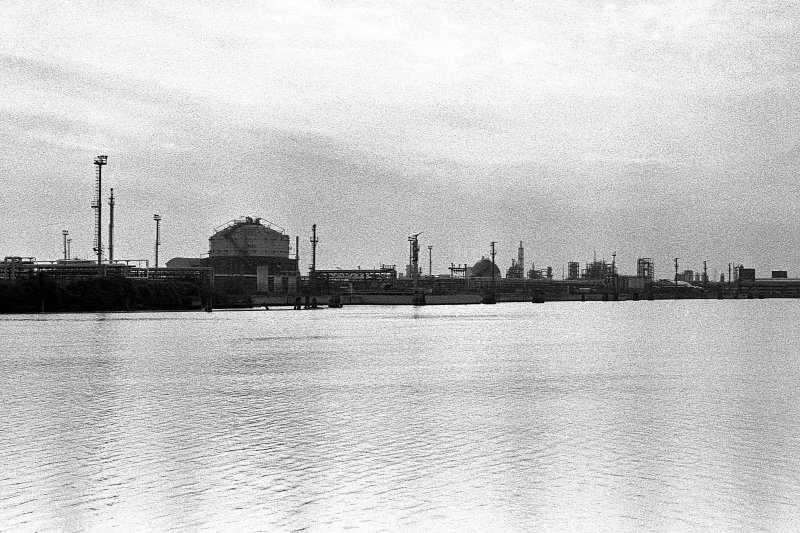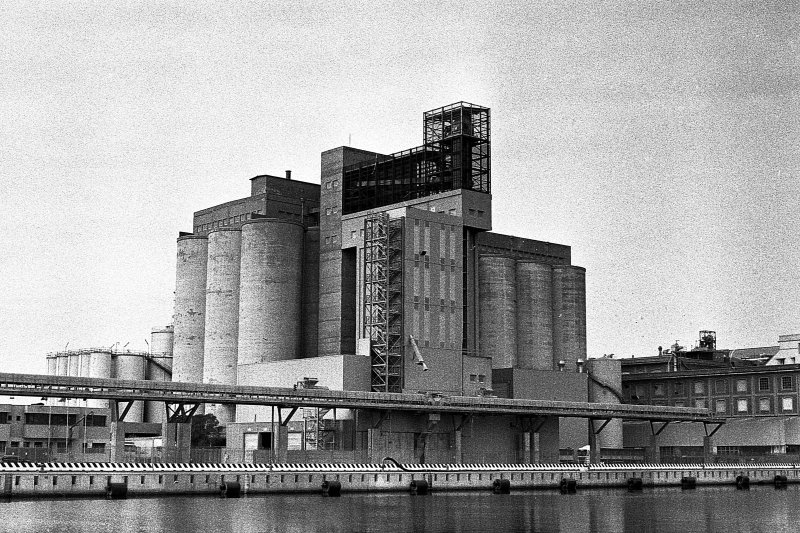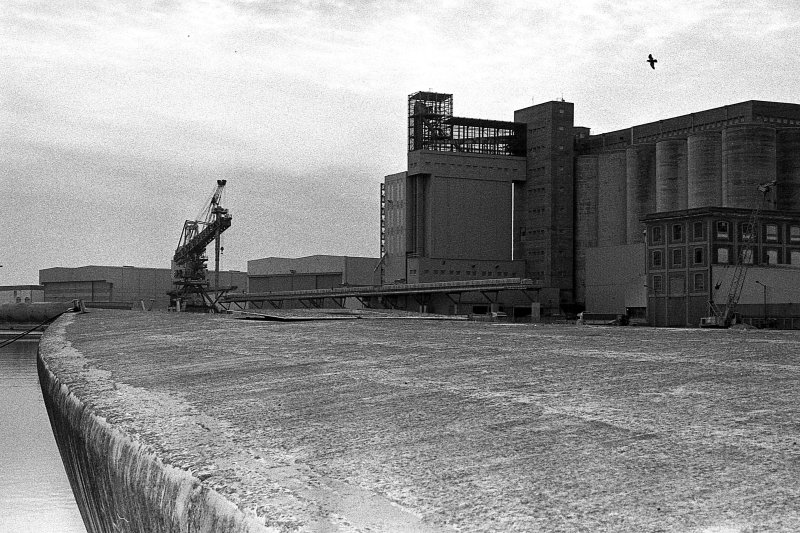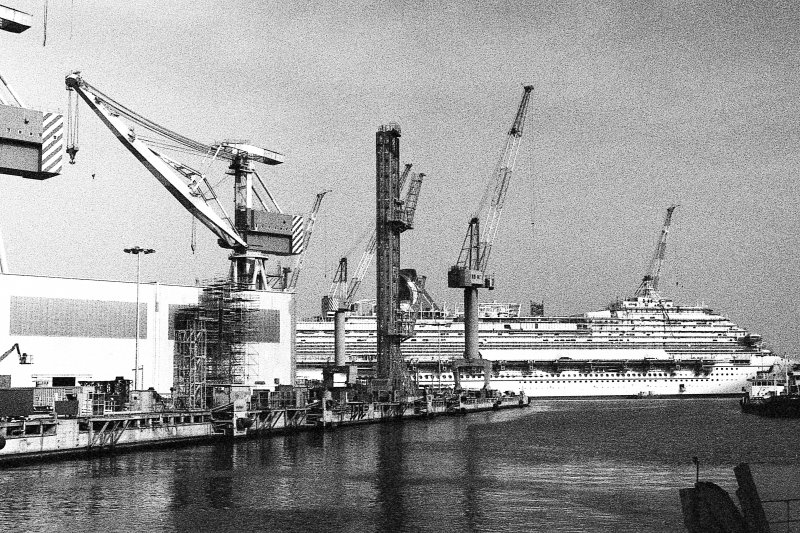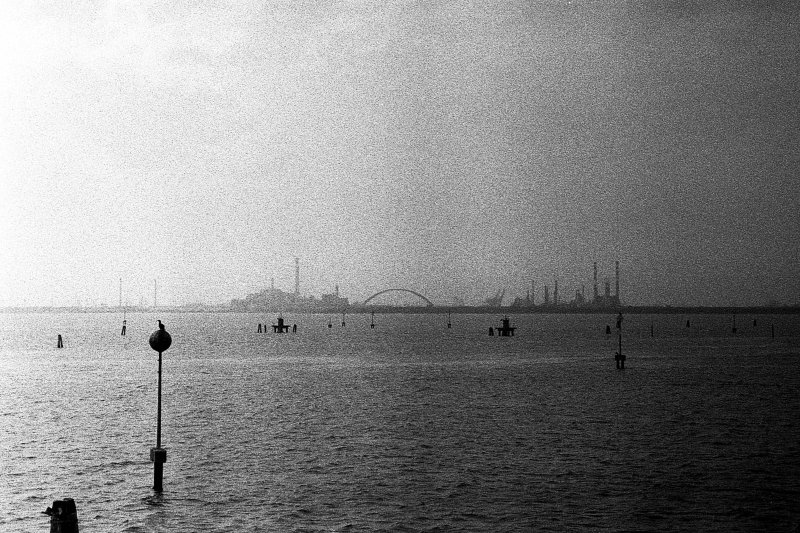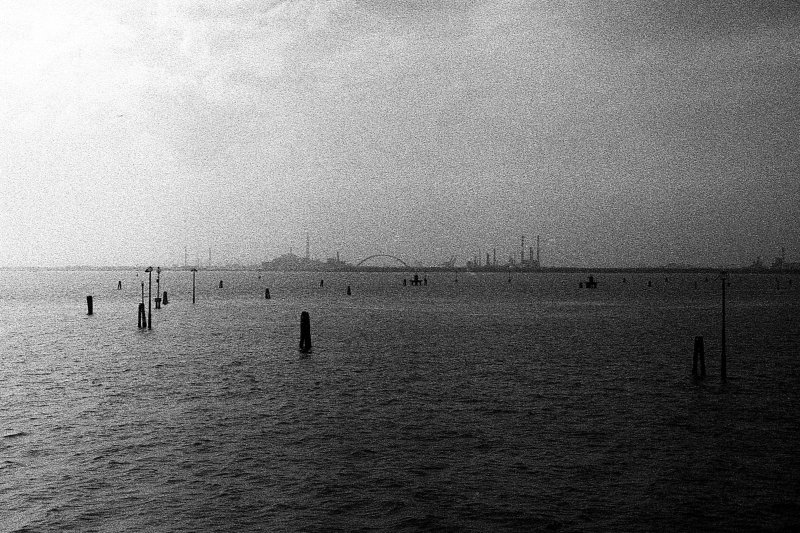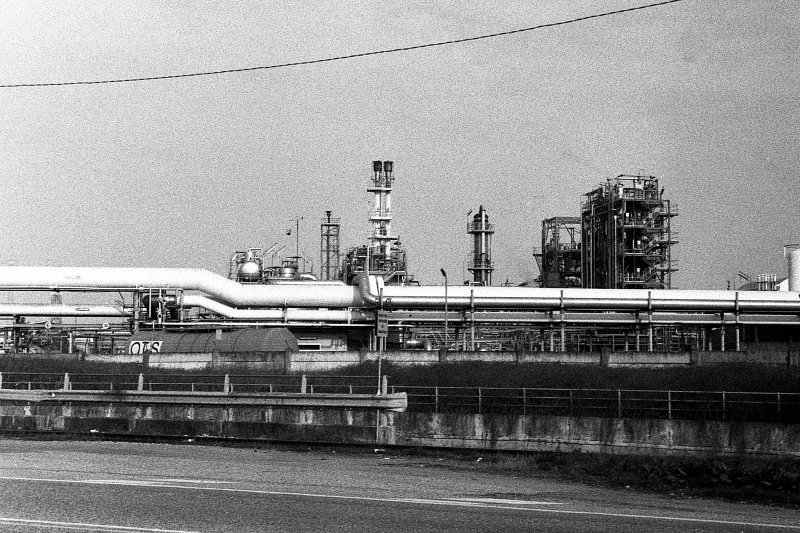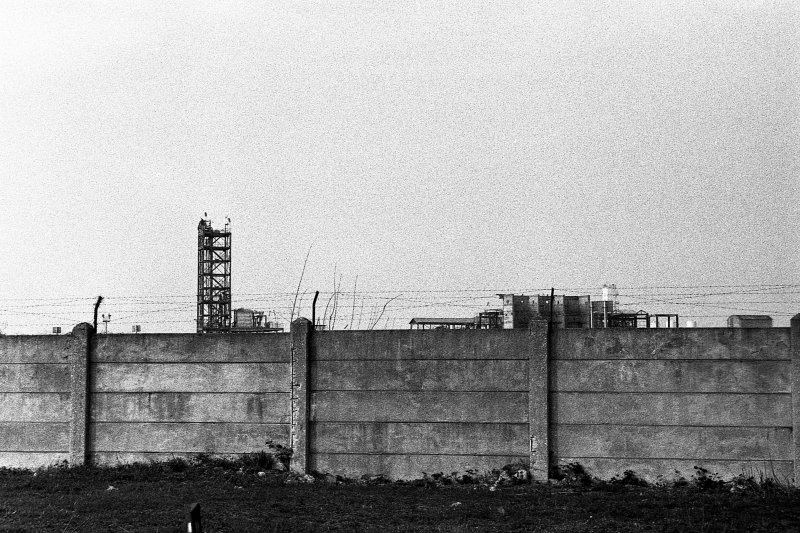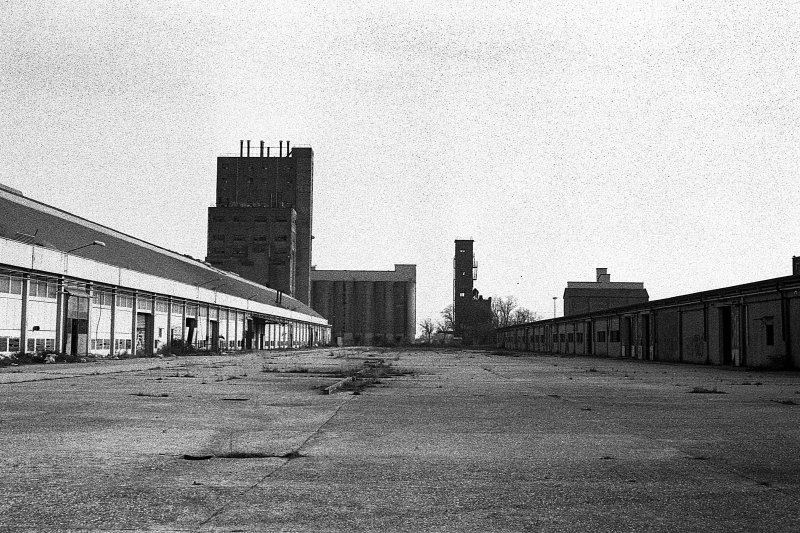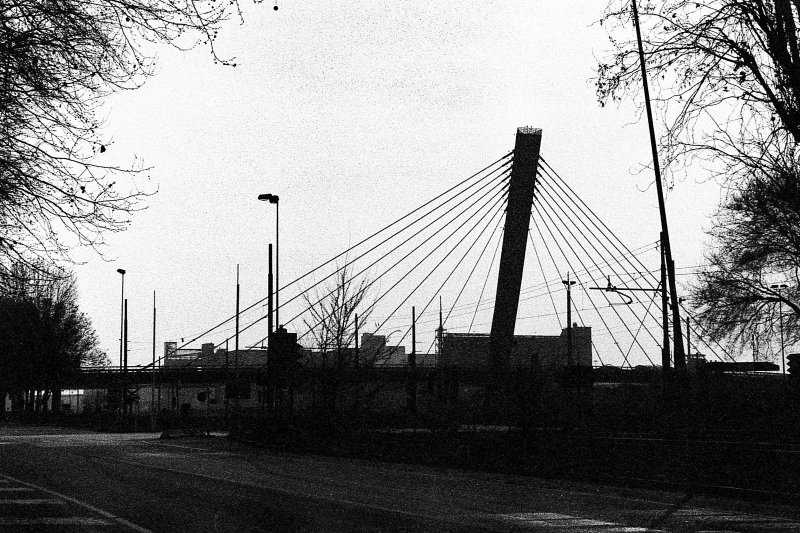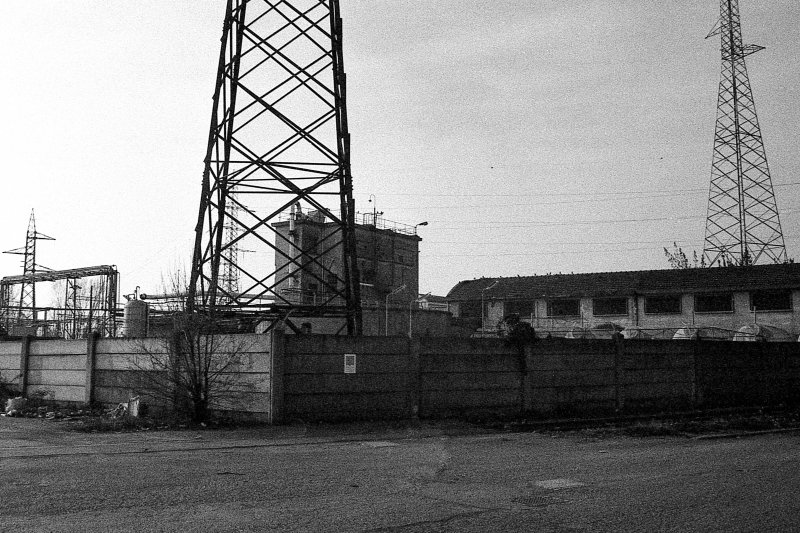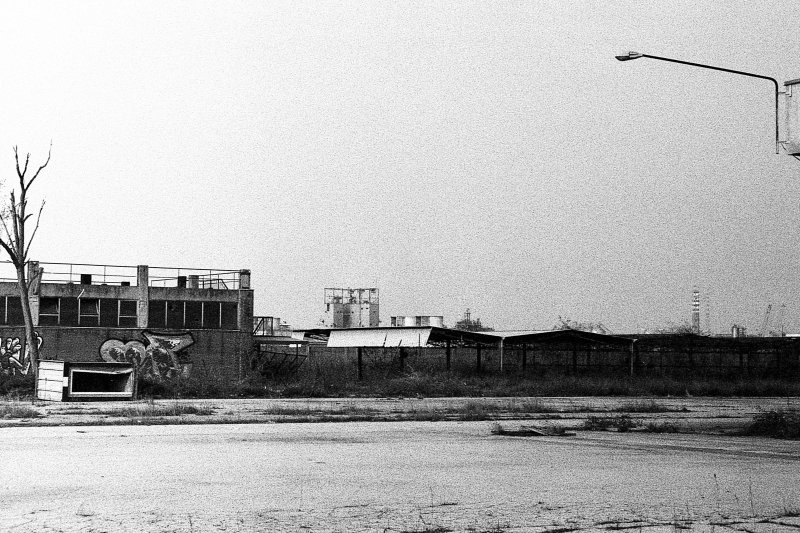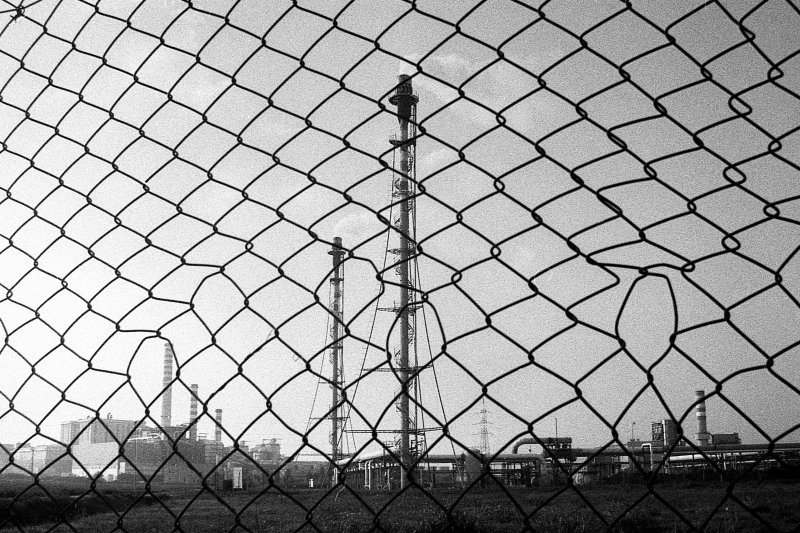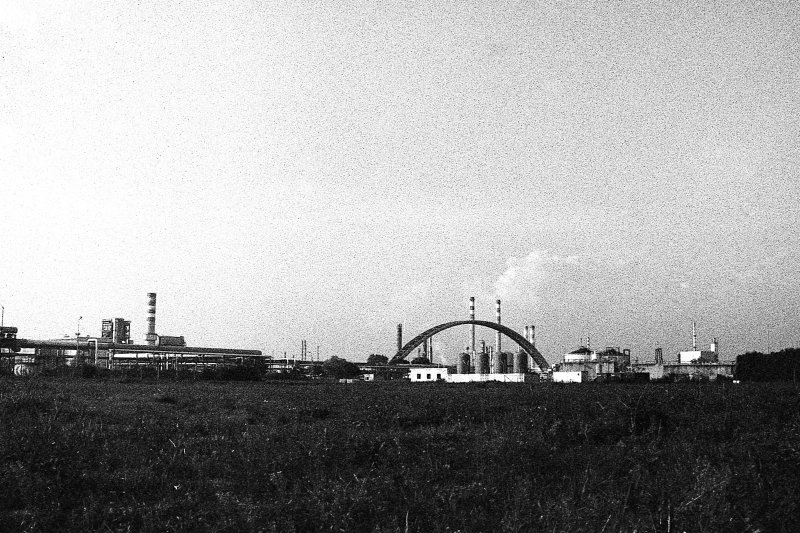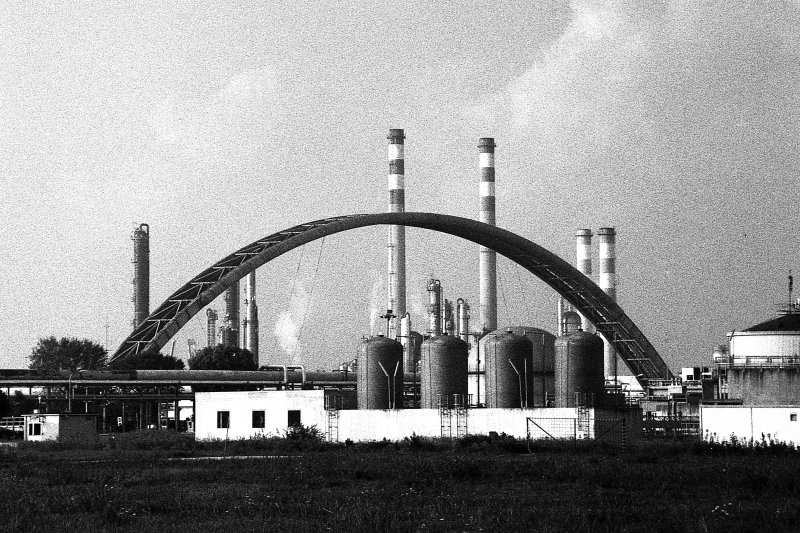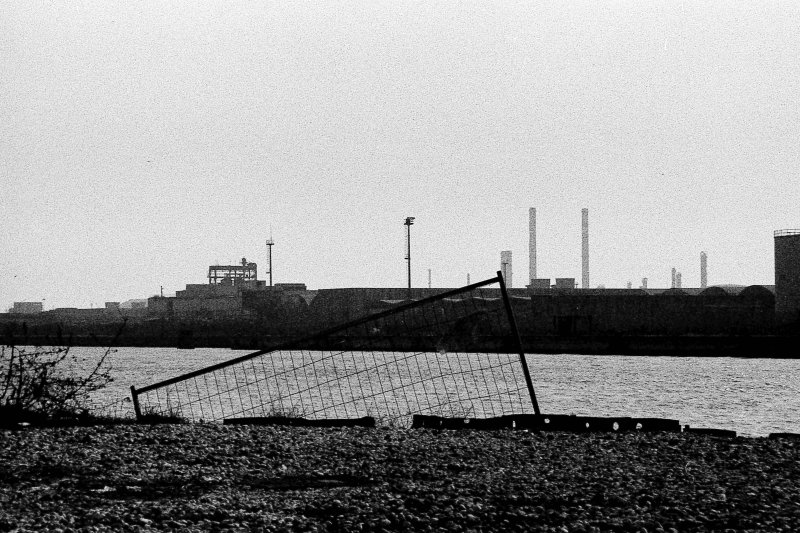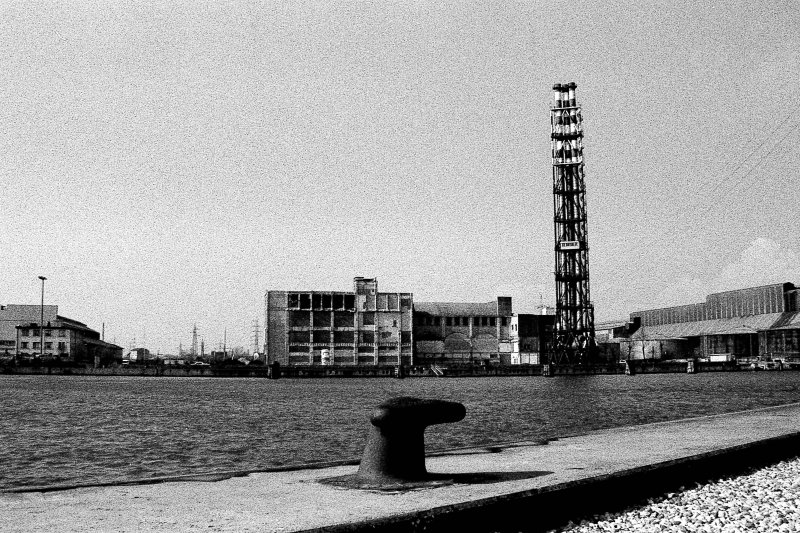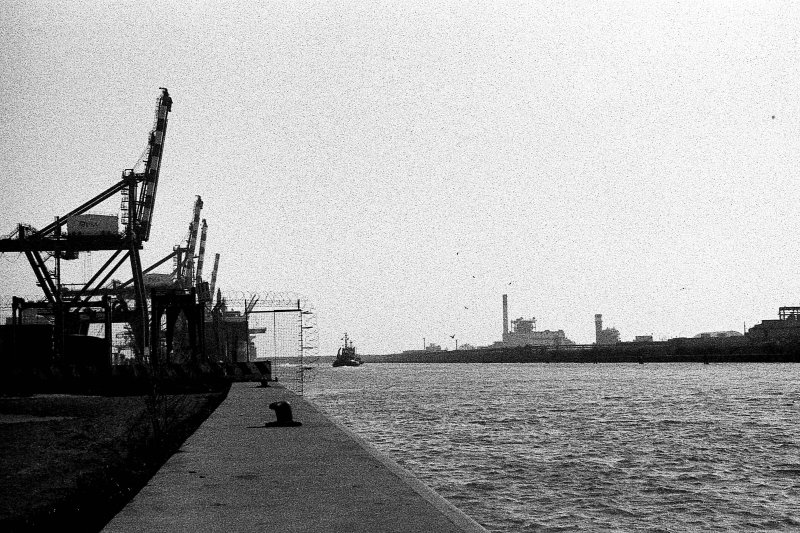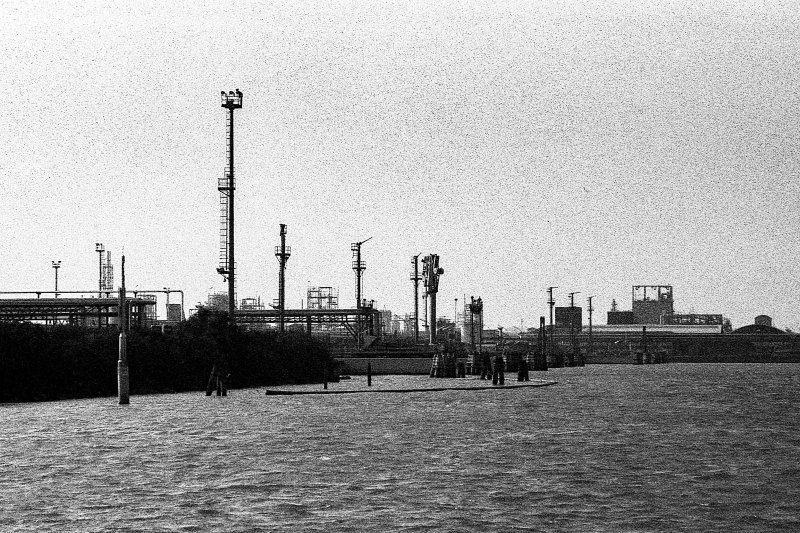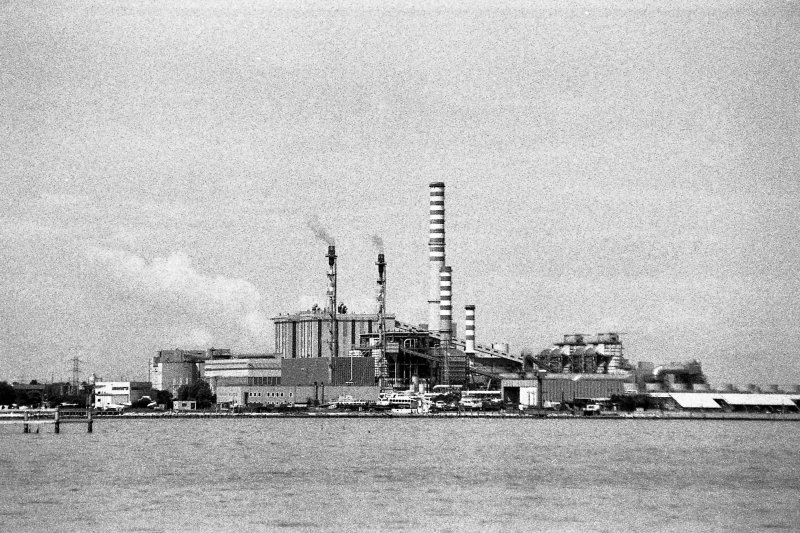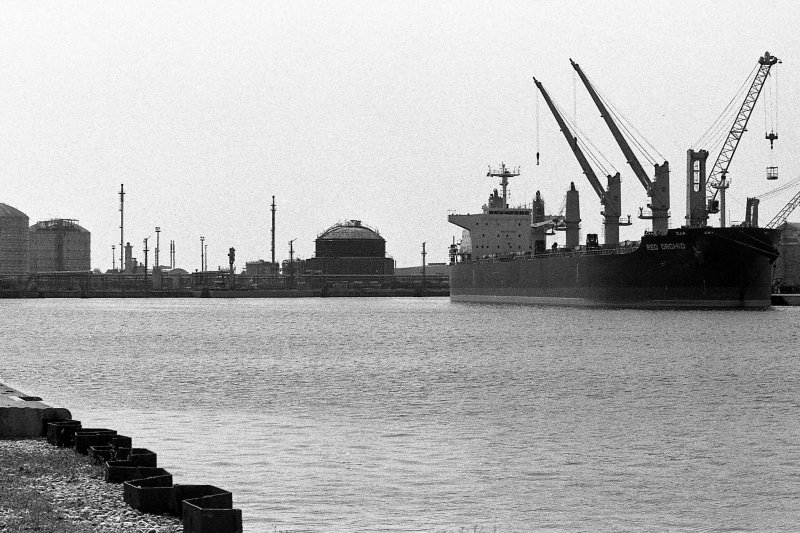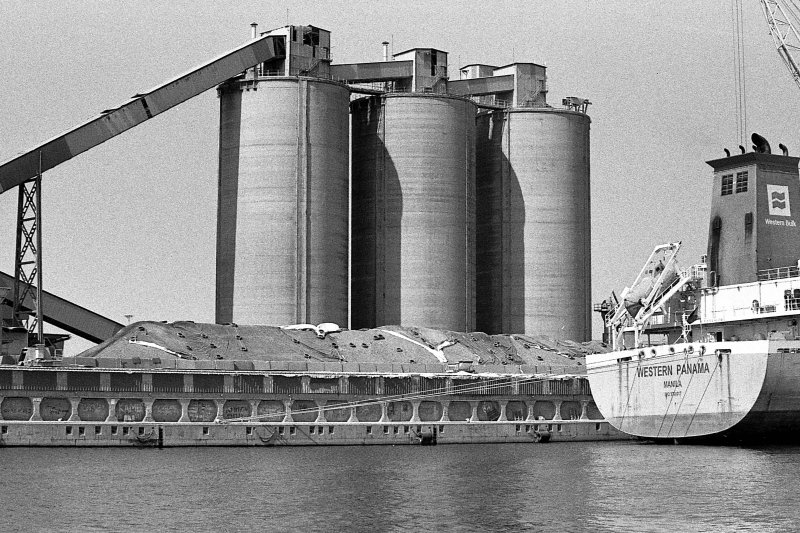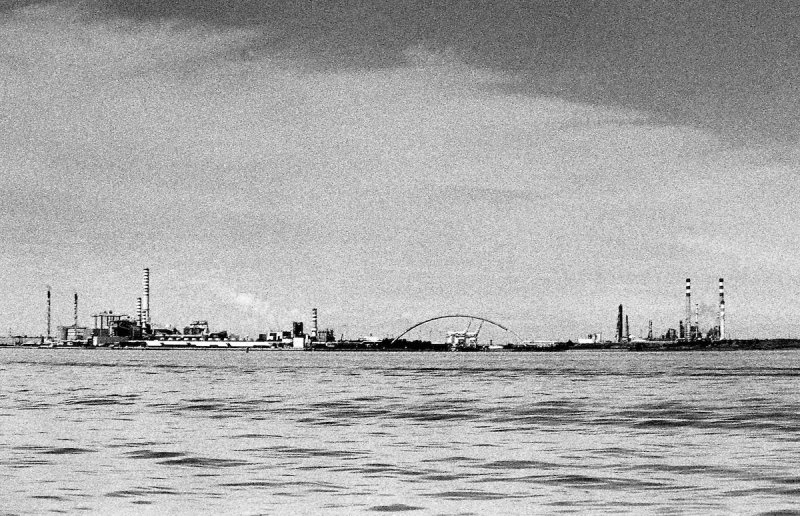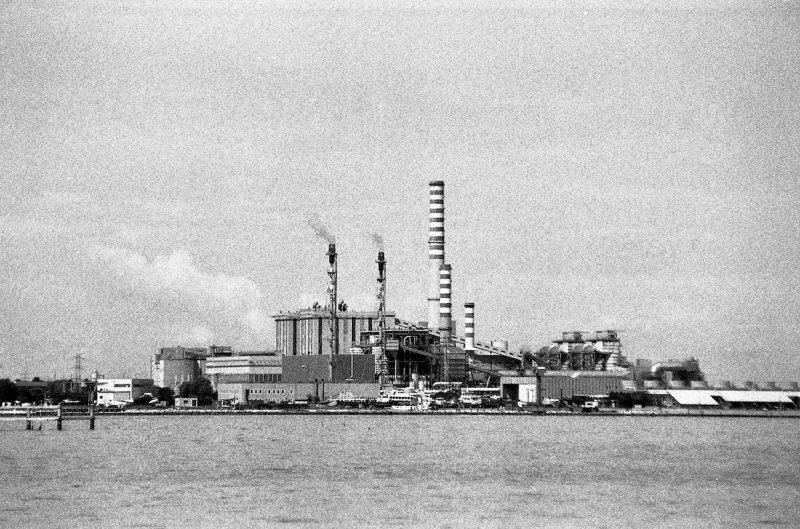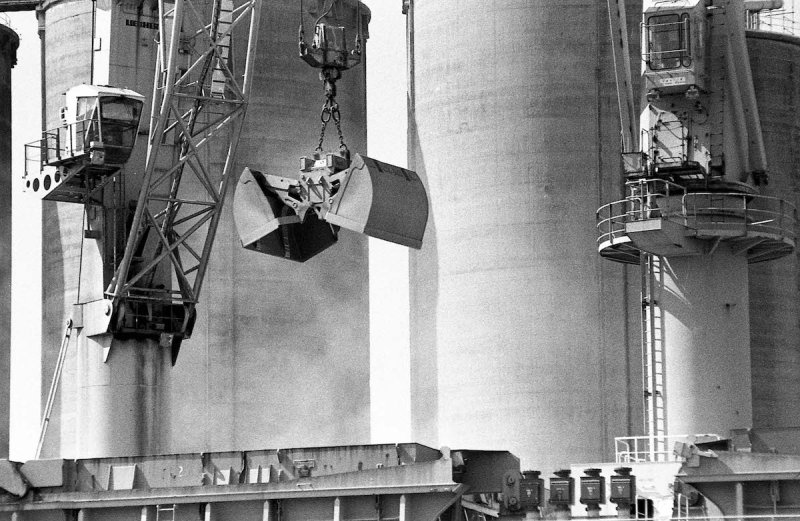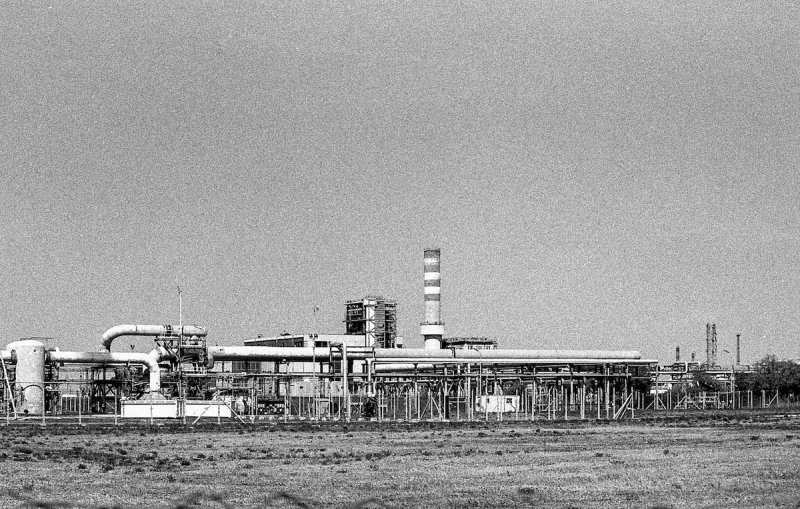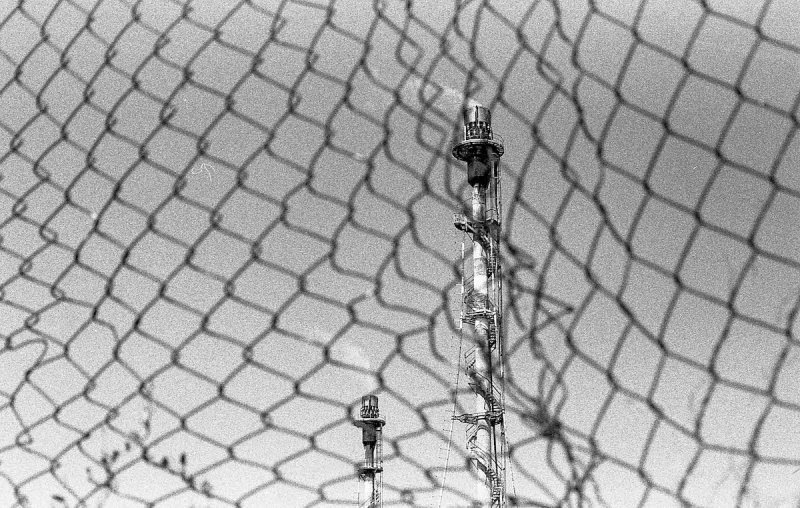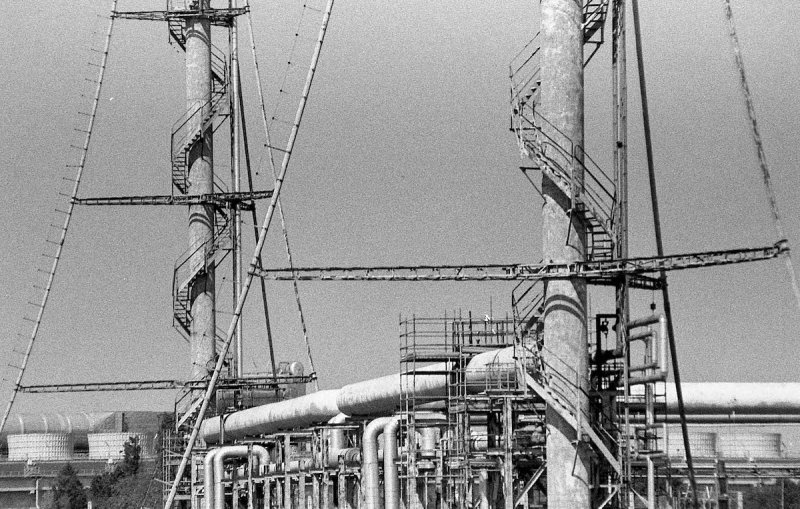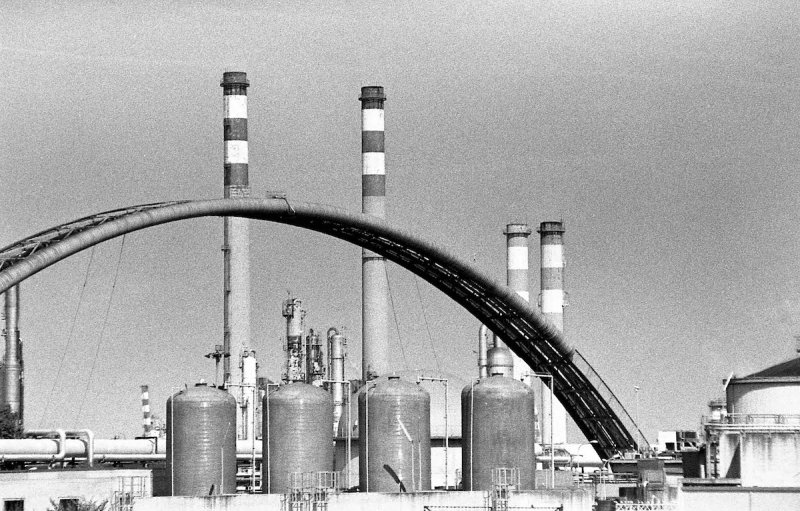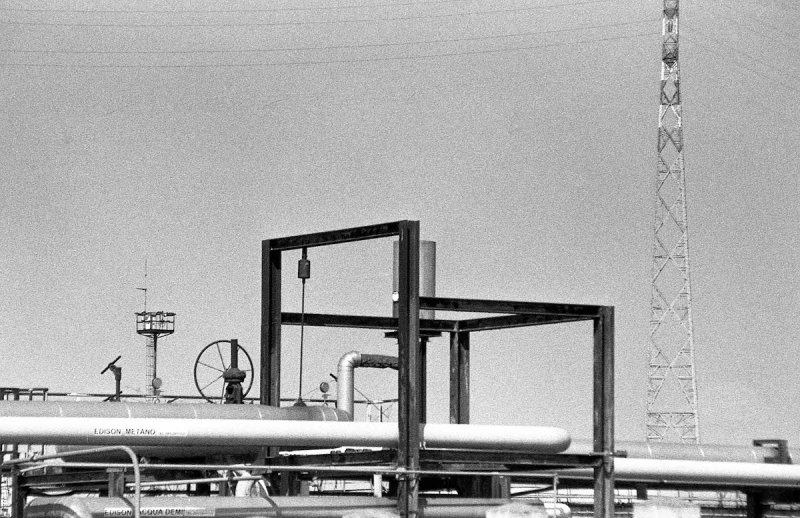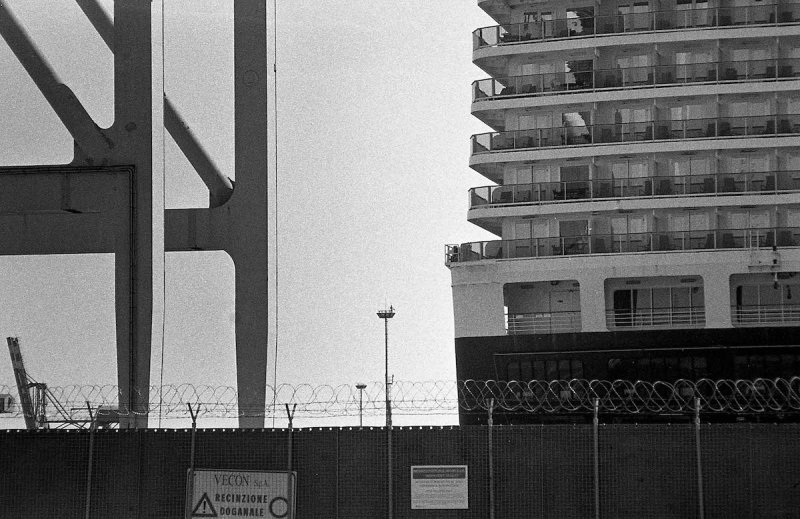photography
The Other Cathedrals
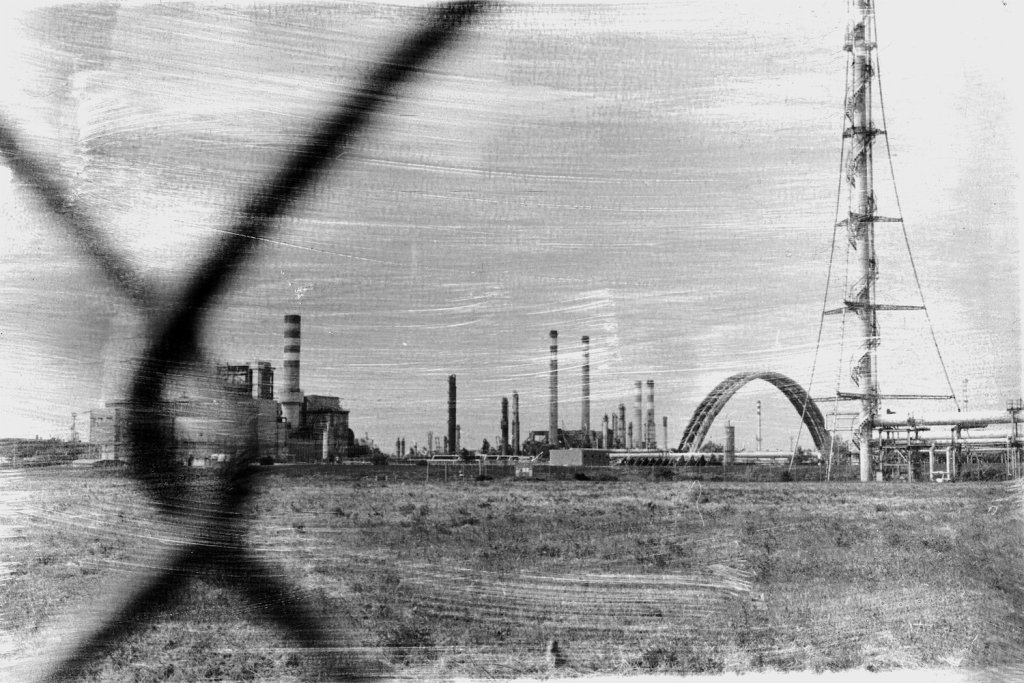
This is a scrapbook
The text in this page has been used for different presentations of the work but also as a journal in the making. Other updates and thoughts about this project are to be found in the blog (#theothercathedrals).
All photos are shot on film.
In the series “The Other Cathedrals” Industrial culture, concrete beauty and the rough aesthetics of the industrial and post-industrial society are reinterpreted in a photography series. The choice of film as medium creates a connection between the project and the chemical industry typical of the industrial area of Marghera, the industrial village near Venice, in northern Italy. The project also comprises a Video, created by sequencing the same photographs, accompanied by the original sound score by composer Munsha.
The work wants to show the beauty hidden in a cold and desperate landscape, filled with terrible stories and deepest humanism. It is a reflection on the environmental entitlement of the industrial society and the human costs of production. It is a love letter to to a forsaken part of the world, asking for its history and teachings not to be forgotten.

The Other Cathedrals is one of my oldest projects.
It started by chance, it grew into an interest, then a discovery, sometimes an obsession, until it found the unexpected shape of a musical video in 2022.
Below are some of the images. All were taken starting in the mid 2010s in Marghera and Fusina, Italy.
I have been printing them in the darkroom with several techniques and have been working on different printing styles for a while. The research is ongoing.
For those who are interested in finding out more – search the #marghera or #theothercathedrals hashtag in my blog. New updates are always coming.
The Other Cathedrals
Special thanks for support during production to my family, Aaron Hemphill, Gene Berlin and Franz Hanemann.
The past
The industrial complex of Marghera/Fusina came to be in the early 1900s. Official start of construction was 1917, which is considered to be Marghera’s birth year. Marghera was supposed to reflect the most modern standards of industrial production. In the golden age of Italian industrial development, in the 1950s and ’60, Marghera became the most experimental, advanced and ruthless chemical complex in Europe.
It is a recent settlement if compared to its miraculous counterpart, Venice, and yet so old when looked at today with its unkept or abandoned buildings. Also unkept were its old-school ways of doing business, lining up production, and its style of exerting power.
Marghera poisoned the entire lagoon. Work safety and basic environmental measures were talked about, though for the better part of the Twentieth century they stayed on paper. Missing regulations, criminal denial of evidence by leading companies and widespread ignorance about the treated materials made Marghera a deadly spot. Year after year Marghera breathed in the poison, fluorescent colors, and the unshakable smell of the fumes. A village that slowly dies, generation after generation, in aseptic hospital beds with one common diagnosis: liver cancer. Marghera was toxic.
Caused by contact to vinyl chloride monomer, this peculiar kind of cancer spread like a chemical Black Death among the population. Inhabitants of Marghera and close by villages of any age and physical condition began dying a terrible death following the diagnosis. Of course the majority were factory workers.
At the turn of the century Marghera was the focal point of a big investigation and subsequent trial. The people of Marghera had seen their friends and relatives die for decades, when the verdict came upon them like lightening in the sky. Nobody was found guilty. With the verdict being overturned some years later the responsibility of some companies in endangering the health of their workers had finally come to light. Too little too late for those who had lost their families and were now going to lose their livelihood.
Factories closed, demolitions took place and buildings were abandoned. In the early 2000s to mid 2010s Marghera became cleaner, the fumes were reduced and the air became more breathable. Closing down factories in an industrial village exposed the lack of any alternatives for the factory workers. They faced the unbearable void of the toxic flatland and the loss of their livelihood. The landscape of Marghera is by now rarefied and vast, almost mystical in its immobility and in the visual absurdity that are revealed.
The present
San Marco and all majestic buildings of Venice are not far. They lie just on the other side of the lagoon to be exact, acting like a mirror exposing deities from different centuries and by different artists. In Veneto we have always built incredible places for the gods, for the authority.
My research begins there, where the streets end and the towers and the plants are well visible and stand inexorable, like minarets rising to the sky to honor an invisible superior force. The towers, the arch and desolation are the protagonists of this work.
The aim of the project is to tell about this peculiar moment in time for the Marghera area. The ghosts of the past are still floating over the area and pollution is, and will be an issue for decades to come. Diverse projects about Marghera’s next chapter are being discussed all the same. Gentrifcation has already begun. The landscape we see now is the one which still carries the scars of the past, so rarely spoken about and in danger of being forgotten.
For a sustainable future of the area there is no way around acknowledging its history, the good and the terrible parts of it. The process of bringing value to Marghera has to go through its past, exposing what has been and what we can still learn from it.
The project is not an attempt to indicate any way forward, but tries to stay still in the present time carrying the awareness of the tragic past events. I also attempt to look at the area once again with the eyes of a child who comes back to something familiar after traveling the world and facing the shapes of their own inner landscape.
Once again I see Marghera’s arch and I think of the poems of Antonella Barina and Giuseppe Brugnaro. I see and hear beauty. I Remember the trial, Casson’s monumental work, the stories of families of the workers and the ancient dream of the people of the sea – sailing out into their death when their time comes. An intense feeling of melancholy gets a hold of me. I perceive inside myself the stories and destinies of this entire land. I carry my circumstances inside myself and I shape them as they shape me.
Once again, with feeling, I send a message of desperate love to my brutal native land.
The Video
For the project “The Other Cathedrals”, photographer Anna Motterle and composer Munsha got together to create a musical video dedicated to the town of Marghera, the industrial area located on the venetian lagoon, just opposite to the city of Venice.
The title states a parallel between the world famous temples and cathedrals of the city of Venice and the majestic factories of Marghera, interpreted here as temples to the deities of modernity. The video is a sort of 14 minutes exhibition where the photos are connected to each other with intervals and movements.
The aim is to convey a mood of the portrayed landscape and present the body of work in a unity that transcends the two-dimensional character of the printed artwork, offering a new level of immersion in the atmosphere of the place through the audiovisual experience.
Industrial culture, concrete beauty and the broken grandiose dream of the Italian golden years of productivity are reinterpreted in a series of film photographs mounted into a video and accompanied by the sound composition.
The video was created by putting together about 80 photos of Marghera’s landscape and details. These were selected from a total of over 600 shot between 2015 to 2022, all on Ilford HP5 film.
Film as medium was chosen to underline the connection between the project and the chemical industry that has deeply influenced the history of Marghera.
The original soundtrack is composed using audio material recorded in this industrial area in the summer of 2022.
The work aims to show the beauty hidden in a cold and desperate landscape, both filled with terrible stories and the deepest humanism. It is a love letter to a forsaken part of the world that also asks for its history and teachings not to be forgotten.


